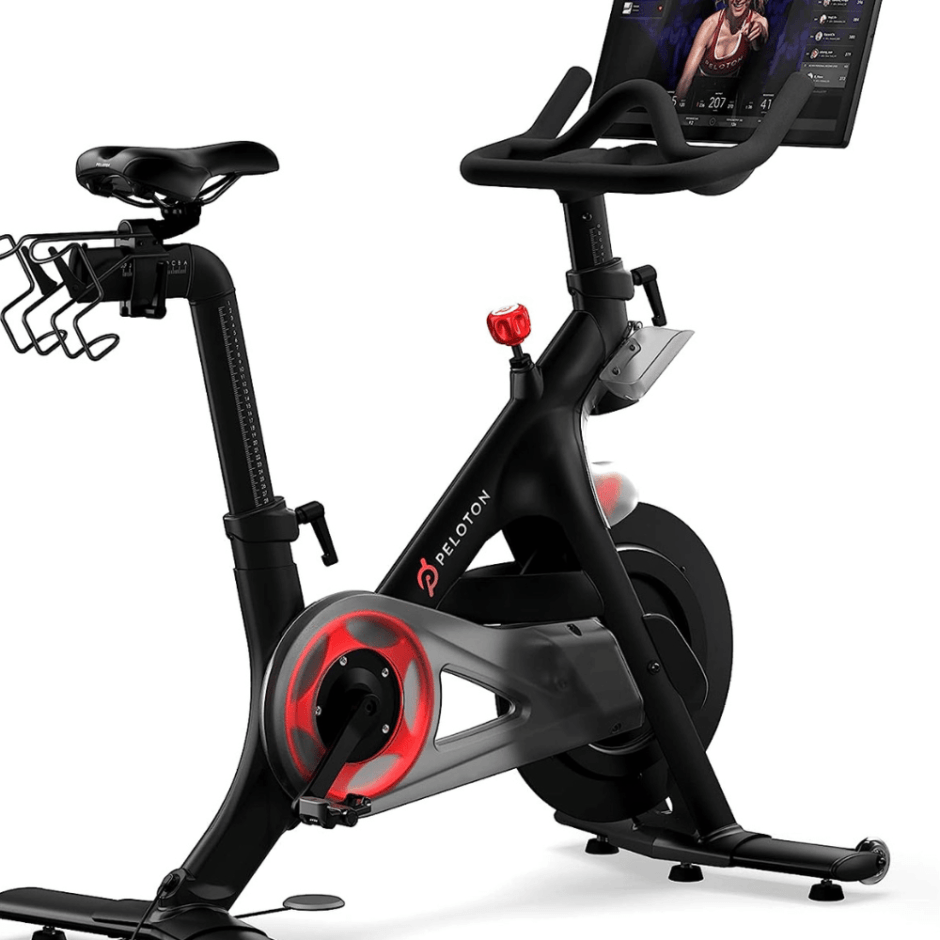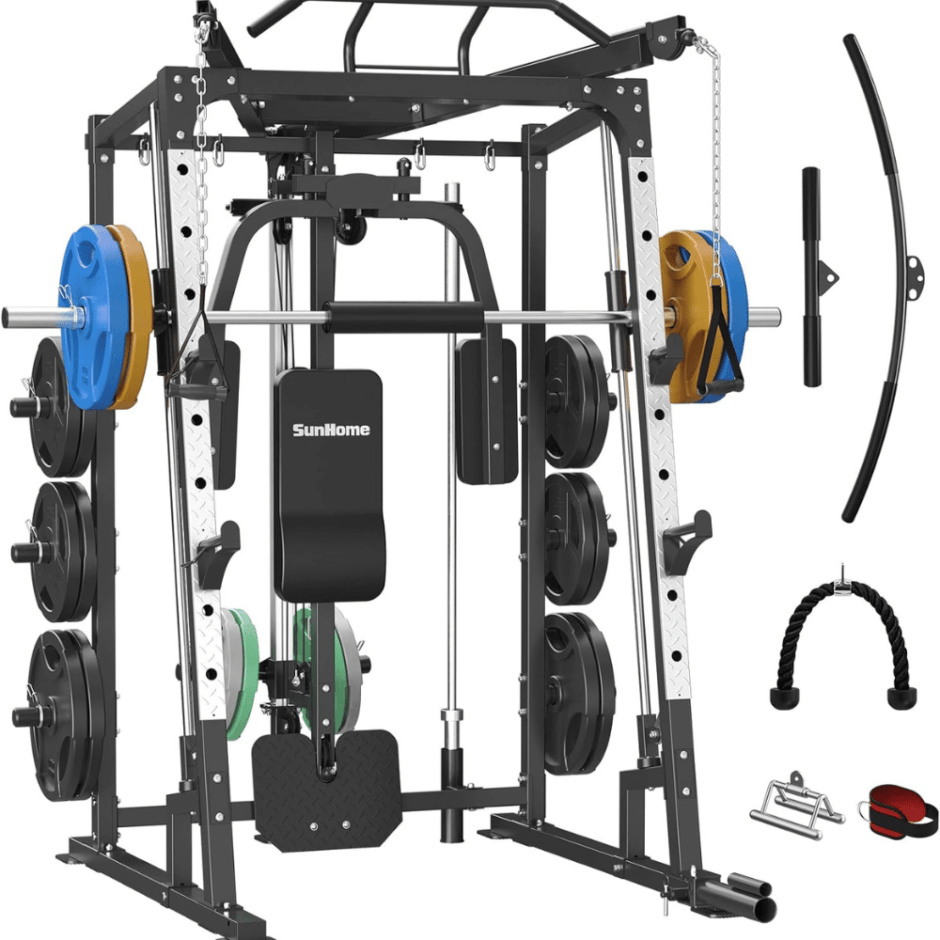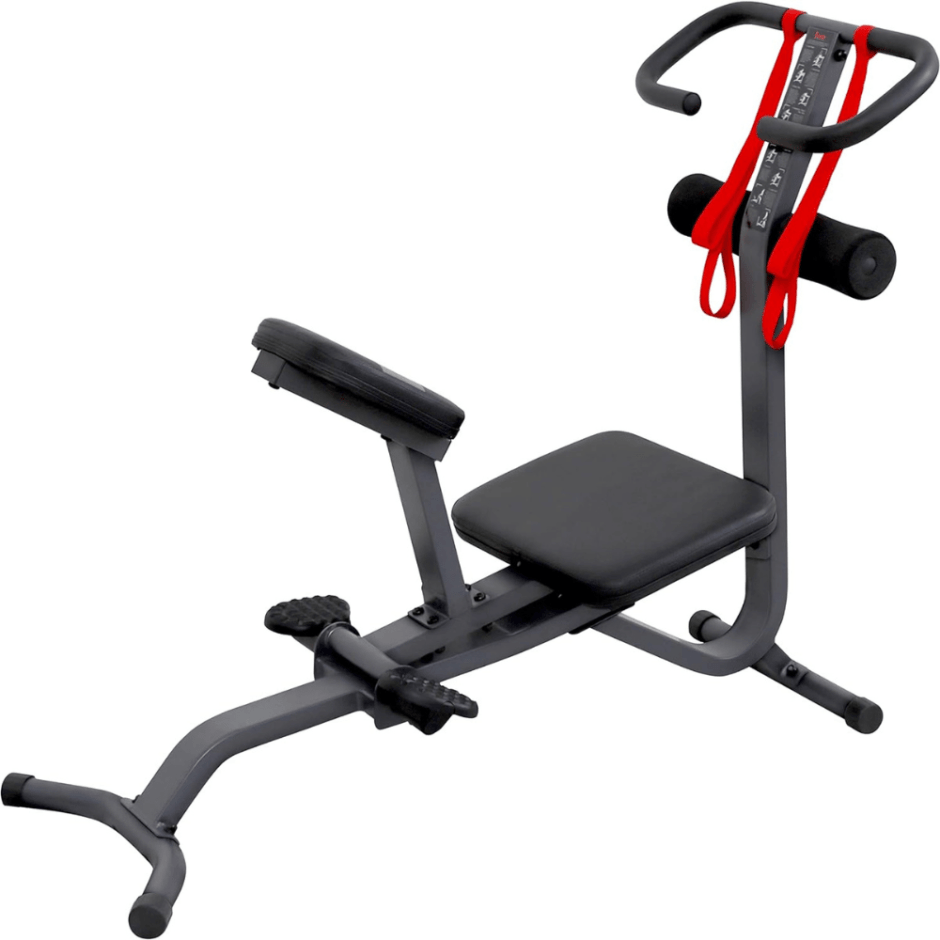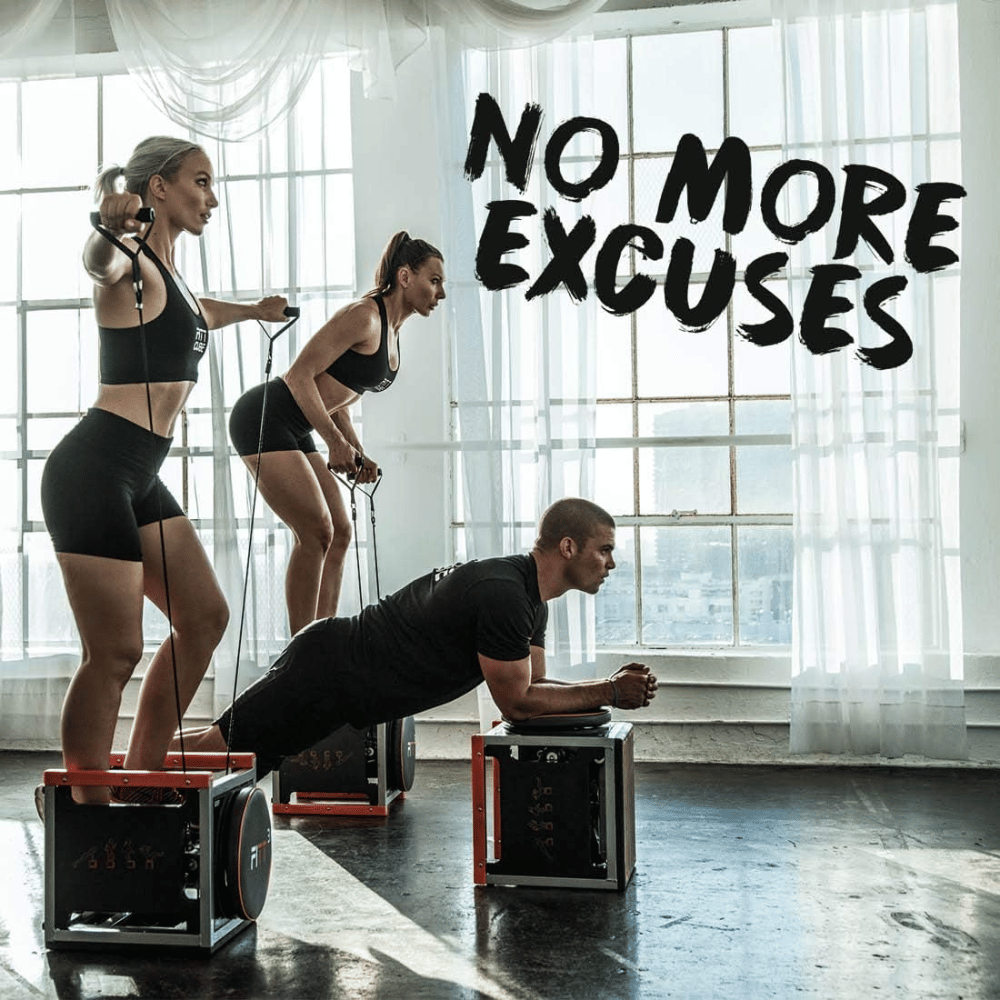I will start by discussing why picking the right exercise equipment is a huge deal for anyone looking to get fit or stay in shape. It’s not just about snagging the newest shiny gear. You’ve got to think about what aligns with your fitness goals and personal preferences.
We’re talking treadmills for runners, ellipticals for those who want a low-impact burn, and weights for muscle builders—plus a whole lot more. And it’s not just the variety; there’s also the matter of fitting it all into your life and living space.
Whether you’re all about cardio, dying to bulk up, or aiming to improve flexibility, there’s something out there for you. So let’s remember that the best equipment is the one you’ll use – regularly and correctly.
Now, let’s shift gears into the world of cardio machines. We’ll look at how each type can fuel your heart’s engine and burn calories while also considering the space each one will take up in your home.
Cardio equipment is where many people start their fitness journey, so getting this choice right is critical for setting a positive, long-term workout habit.
Cardio Machines: Fueling the Heart’s Engine

When it comes to getting your heart rate up and your blood pumping, cardio machines are the go-to pieces of exercise equipment. Within this category, treadmills, ellipticals, and stationary bikes are arguably the most popular, each with distinct benefits and potential drawbacks depending on your exercise goals.
Treadmills are fantastic for simulating walking, jogging, or running. You’ll learn how they can be adjusted for speed and incline to match your fitness level and how they’re indispensable for those training for races or simply aiming to improve cardiovascular health.
Elliptical machines propose a low-impact alternative, which is a boon for those with joint concerns. They work both the upper and lower body, offering a well-rounded cardio session.
If you’re looking for a workout that minimizes knee and hip strain, ellipticals are worth considering.
Stationary bikes provide another low-impact option, concentrating on lower body strength and endurance.
They are also kind to joints and can be great if you enjoy cycling but live in a place with inclement weather or heavy traffic.
When considering the right machine, consider the calorific burn. While all three promote weight loss and cardiovascular fitness, a high-intensity session on a treadmill generally burns more calories than a comparable session on an elliptical or bike.
But don’t worry too much about the numbers. Choose something that resonates with you, as consistency is key in any workout routine.
You also want to consider the physical footprint of these machines. A foldable treadmill or a compact stationary bike might be a wise choice if you’re tight on space.
Ensuring you have enough room to use the equipment safely and comfortably is vital.
Finally, consider how you like to exercise. Some prefer the immersive experience of outdoor running, brought indoors by a treadmill.
Others appreciate the rhythm and low impact of an elliptical or the focus and endurance-building attributes of stationary biking.
Strength Training Gear: Building Your Body’s Foundation

I will show you how different strength training equipment can lay the foundation for a strong and healthy body. Strength training isn’t just about bulking up; it’s also about increasing bone density, boosting metabolism, and improving overall health.
Let’s start with a look at free weights like dumbbells and barbells. They’re the classic choice for muscle building and offer the most versatility.
I’ll explore how using free weights engages stabilizing muscles, which can lead to better functional strength. But it’s important to note the requirement for good technique to avoid injury.
Moving on to resistance machines, I’ll help you understand how they isolate specific muscle groups, making them great for targeted training. These machines typically guide your movement, reducing the chance of injury, especially useful for beginners or those rehabilitating.
Home gyms, those multi-station setups you might be eyeing, will be our next topic. Sure, they can be an investment financially and space-wise, but their convenience and versatility could justify that. We’ll weigh the pros of having a variety of exercises at your fingertips versus the cost and space considerations.
But here’s the thing: no single piece of equipment is universally the best. Your personal fitness goals, available space, and budget are key to influencing your decision. I’ll cover how to balance these aspects to choose the right strength training gear for your needs.
Lastly, incorporating strength training into your routine doesn’t need to be daunting. I’ll provide practical advice on how to start slowly and progressively increase your workouts’ intensity and volume. Remember, you can always adjust your approach down the road.
Flexibility and Balance Equipment: The Agile Advantage

You’ll learn about the often overlooked players in the exercise equipment game: tools that focus on flexibility and balance. I’m talking about things like stability balls, yoga mats, and foam rollers.
These items might seem simple, but don’t underestimate them; they pack a punch regarding benefits for your fitness routine.
A strong core and flexible joints are the backbone of a good fitness regimen. This equipment helps maintain joint health, reduces the risk of injury, and enhances overall fitness levels.
Plus, it’s pretty much essential for anyone looking to improve their flexibility and core strength.
Choose something that resonates with you. Maybe that’s a stability ball to add an extra challenge to your crunches, or it could be a yoga mat that becomes the foundation of your daily stretch and meditation.
Foam rollers have surged in popularity thanks to their ability to support muscle recovery and aid deeper stretches.
A lot is happening very quickly in the world of fitness, and adaptability is crucial. I’m here to help you tailor these choices to benefit your specific activities, whether that’s yoga, pilates, or general stretching routines.
Now, what does a big publisher of fitness trends say? They’re pointing to the increase in movement-based lifestyle changes. Pretty wild, right?
This shift towards embracing mobility and bodily awareness means that flexibility and balance equipment aren’t just a fad—they’re becoming a fundamental part of exercise regimens worldwide.
Technological Integration: Smart Equipment for a Smart Workout

I’m going to explore the wave of smart fitness equipment that’s revolutionizing the home workout. This includes gear like internet-connected machines offering streaming classes, built-in tracking systems, or interactive features that challenge and coach you.
You’ll find out how smart technology can elevate the monotonous home workout into an exciting and engaging experience. We’ll compare the traditional treadmills, bikes, and weights with their high-tech counterparts.
I’ll discuss the compatibility of these smart devices with various fitness apps and how they log workouts, track progress, and potentially improve overall fitness regimes.
I’ll delve into the investment angle. Yes, these smart pieces often come with a higher price tag. But don’t worry too much about the cost before considering their value to your workouts and whether they align with your fitness goals.
In my opinion, the most significant advantage of smart equipment is the personalized experience it offers. Custom programs, real-time feedback, and long-term progress tracking can be game changers for your fitness journey.
Remember, fancy features are only as useful as the frequency with which you use them. If you want innovation but aren’t sure about the investment, there are also budget-friendly options that work with smart apps and provide a similar, albeit less integrated, experience.
Making the Choice: Personal Needs and Equipment Efficacy
When it comes to selecting the perfect piece of exercise equipment, it’s not just about the shiny features or the latest trends; it’s about what fits your life and your fitness goals. You’ll want to weigh several key factors to make sure your choice aligns with your needs.
Space is a big consideration. If you’re short on room, foldable equipment or compact gear like resistance bands might be your best bet. Budget can’t be ignored either; remember, investing in quality now can save on gym fees and future replacements.
Plus, don’t underestimate the importance of actually enjoying your workouts. Choose something that resonates with you and that you’ll consistently use.
A multi-functional trainer could be a game changer if you’re a busy professional with limited time. On the other hand, if you love the intensity of spin classes, a stationary bike could bring that energized atmosphere into your home.
In my opinion, your first attempt doesn’t need to be your last. You can always adjust your approach down the road. Fitness is a journey, and the right equipment supports it; finding it might take some trial and error.
By considering your personal health goals, available space, budget, and exercise preferences, you’ll be in a strong position to make an informed choice. And if you ever feel overwhelmed, don’t worry too much. I’m here to help you navigate these decisions and point you toward the path of healthy and enjoyable fitness habits.


